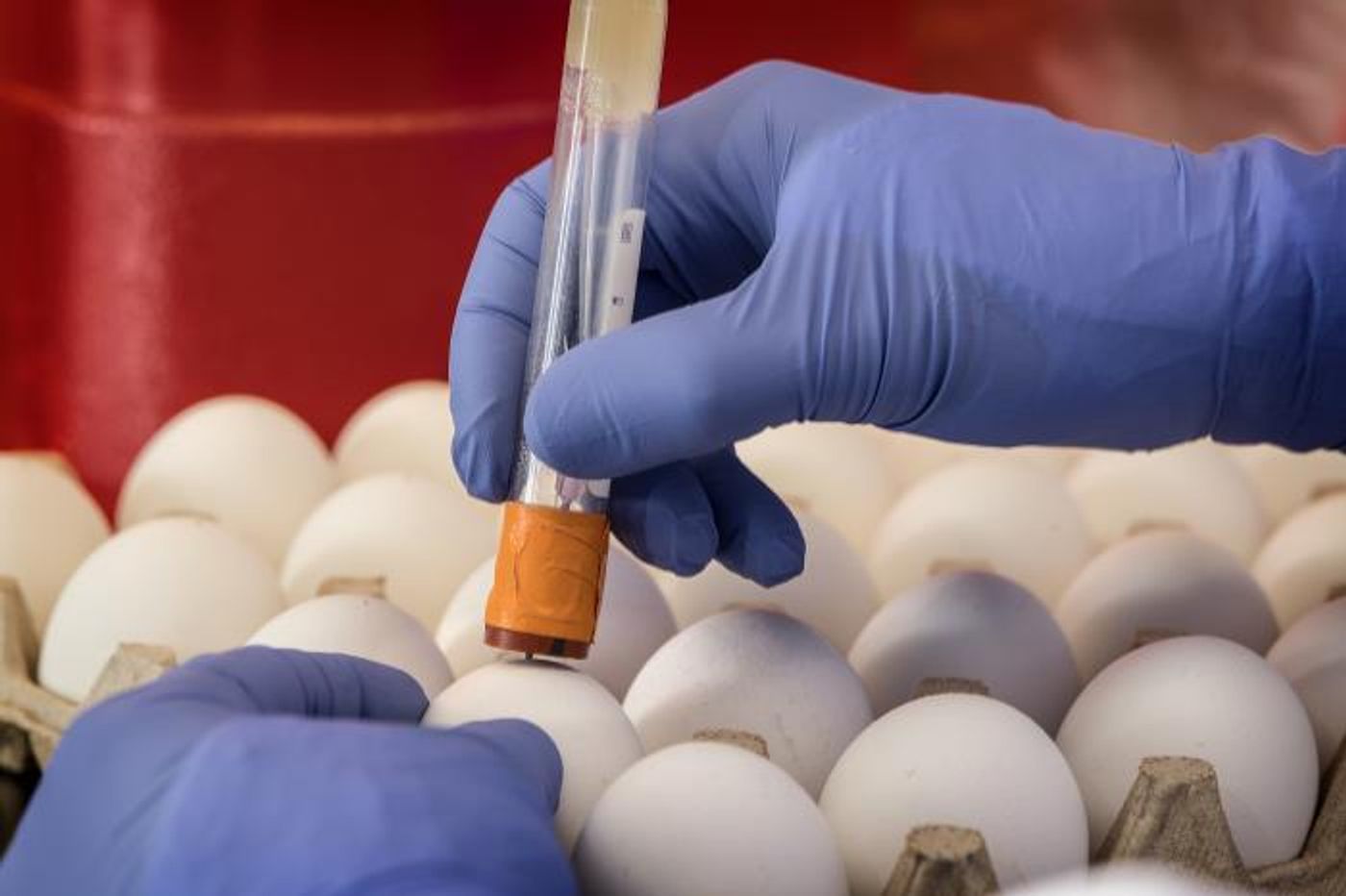A Week for World Immunization
Vaccines teach the immune system to develop a robust response to an infection before that infection occurs. The World Health Organization (WHO) is calling our attention to World Immunization Week, which comes in the last week of April every year since 2012. There are now vaccines to prevent 20 serious and potentially deadly diseases. COVID-19 vaccines can prevent the illness in most people that receive it and can reduce the severity of the infection in the few people that are not protected by the vaccine they get. It's estimated that four to five million deaths a year are prevented by vaccines for illnesses like tetanus, measles, pertussis, and influenza. Over one billion kids have been vaccinated over the past decade.
The COVID-19 pandemic seems to have disrupted every aspect of life, including routine vaccinations. It's now more important than ever to ensure that children receive the vaccines they might have missed, for diseases including polio and measles. Vaccine hesitancy due to disinformation and mistrust also continue to pose a threat to vaccination efforts.
Vaccines are not perfect, but they can help people lead healthier lives. There are also now vaccines that can prevent minor illnesses that can lead to major ones, like the HPV vaccine, which protects against cervical cancer.
Vaccines have been helping society for more than 200 years. An important story about vaccination in America's history centers around an enslaved African man named Onesimus (pronounced oh-NESS-see-muss). In the early 1700s smallpox was devastating the colonies, and was a scourge of ships carrying cargo and slaves. Communities used quarantines to try to control the illness but there were few other options until Onesimus told his owner of a cure.
Onesimus was familiar with variolation, a process that involves collecting material from people infected with smallpox (like pus from their sores) and applying it to a cut on an uninfected individual. Onesimus' owner was a minister who was deeply suspicious of what he considered to be a devilish ritual, but he looked into the story. He found evidence from other countries like China and Turkey that variolation worked, and confirmed that other slaves from West Africa were using this process or a variation of it.
Mather was convinced by 1721 when half of the people living in Boston became infected with smallpox brought by a British ship. He became an advocate of variolation, but unsurprisingly, people reacted much as he had when he first heard of it, and most weren't interested or were angered or outraged at his suggestion. The process was also not without risk; some people got sick after variolation and would develop very serious illnesses. But for many, it protected against bad cases resulting in death. It's estimated that 30 percent of those infected with Smallpox died, but death in those who had been variolated was reduced to between one and two percent.
There was a Boston doctor, Zabdiel Boylston, who decided to use what Onesimus knew. Boylston was also a slave owner, and he variolated his son and his slaves. Of all the people inoculated by Boylston, one in 40 died of smallpox, while one in seven of those who contracted smallpox but had not been inoculated died.
After the stage had been set by the sharing of this practice, in 1796, an English physician named Edward Jenner created the cowpox vaccine for smallpox. The cowpox vaccine had replaced variolation as a safer alternative by the mid-1800s. Smallpox is now considered to be the only human disease that's been completely eradicated by a vaccine.
Sources: WHO, Rush University Medical Center, US National Library of Medicine









